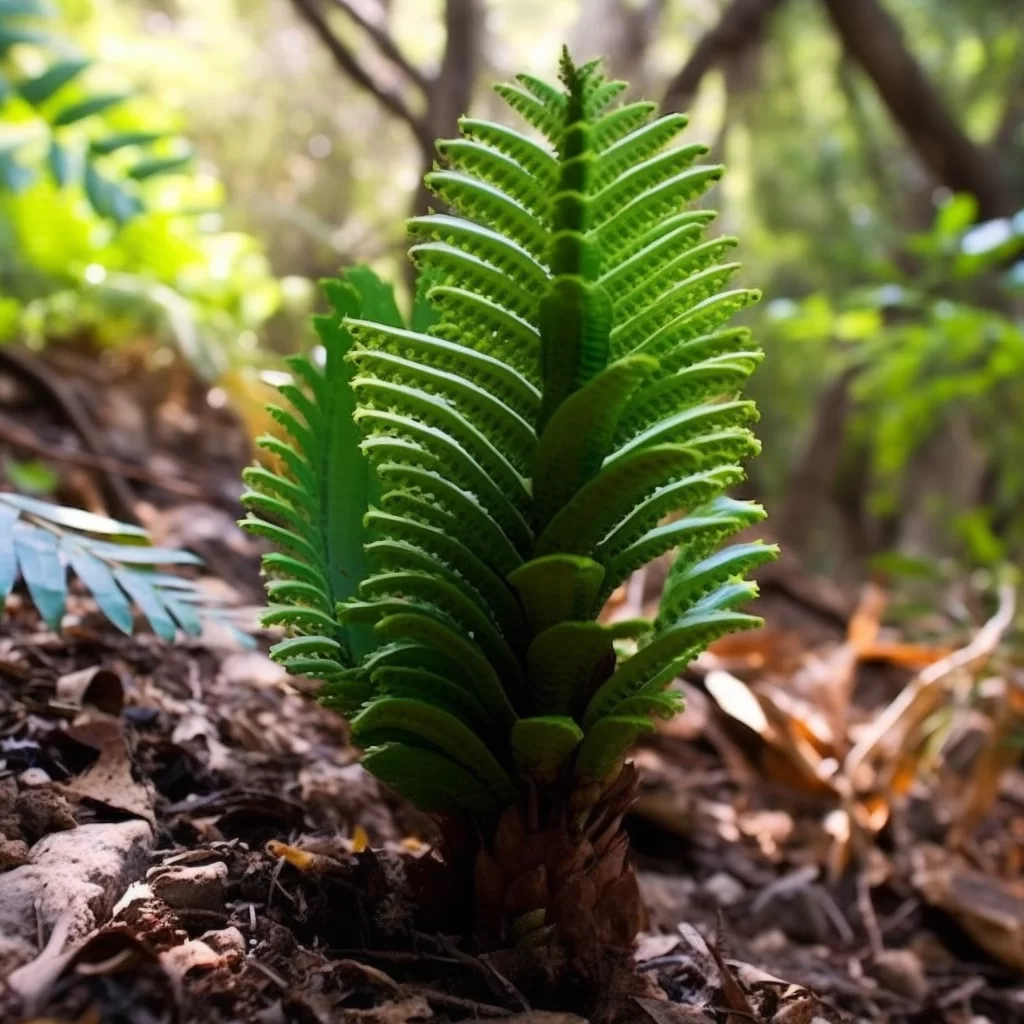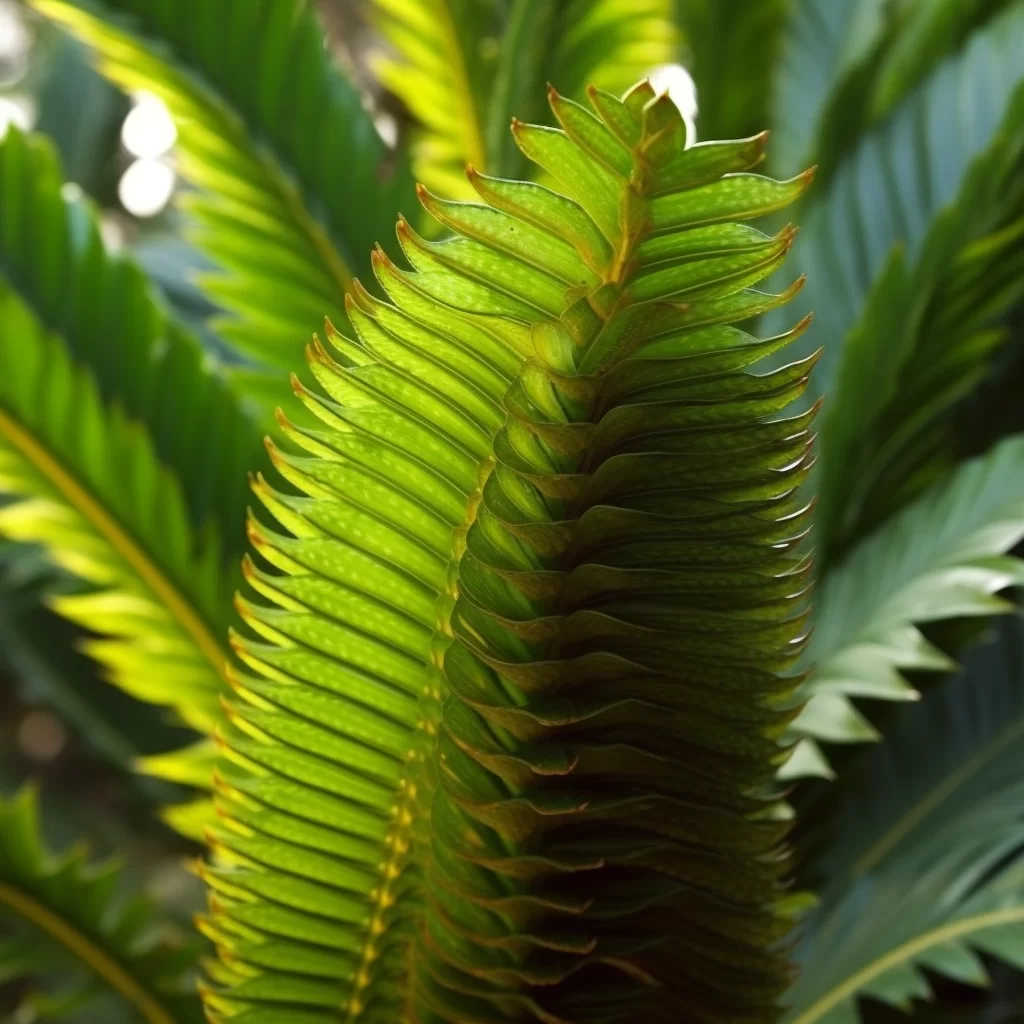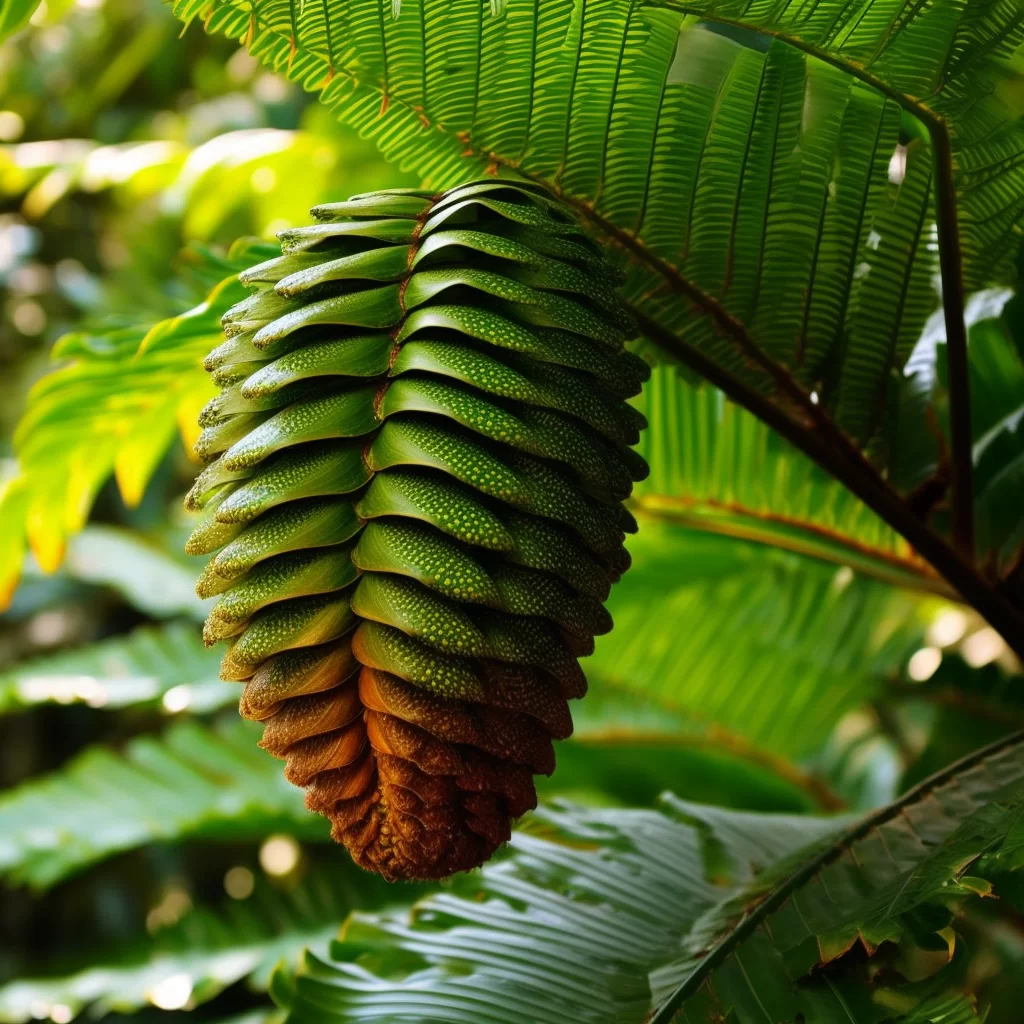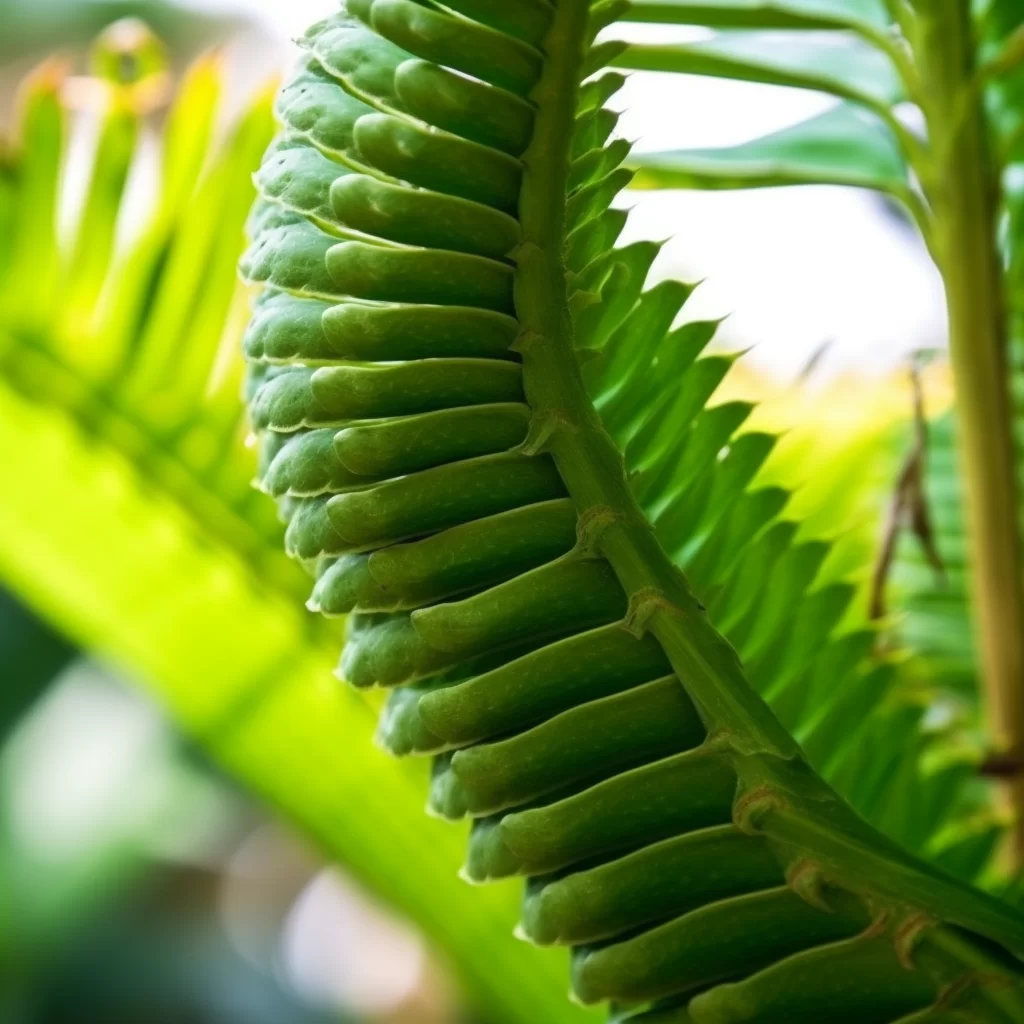Story of Day :
Contents
The Complete Guide to Cycad Plant Care Tips: Everything You Need to Know
Cycads are a fascinating addition to any garden for those who are intrigued by rare and unusual flora.
These plants have existed for millions of years and have a prehistoric appearance that is sure to attract attention.
Cycads grow naturally in tropical and subtropical regions across the globe, making them ideal for gardens with warm climates.
Interestingly, they date back to the time of dinosaurs and were present on Earth during their reign.For those looking to incorporate cycad plants into their garden, it’s important to know how to care for them properly.
This involves understanding their unique needs and ensuring they receive adequate sunlight, water, soil conditions, fertilization, and pest management.
With proper care instructions in hand, you can easily cultivate these ancient-looking plants in your own backyard or outdoor space!
Understanding Cycads
Cycads are slow-growing, woody-stemmed plants that typically have a crown of large, stiff leaves at the top.
They’re dioecious, meaning they have separate male and female plants, which produce cones instead of flowers.
The cones can range from small and inconspicuous to large and showy, depending on the species.
Cycads are a great way to give your garden or landscape a touch of the exotic.
They can be planted in pots or directly into the ground, making them versatile and adaptable to any outdoor space.
Cycads come in various shapes and sizes, from small shrubs to towering trees, providing an endless array of options for your garden design. One thing that sets cycads apart from other plants is their unique appearance.
One thing that sets cycads apart from other plants is their unique appearance.
The lush green foliage and striking textures make them stand out among other plants in your garden.
This makes them perfect for adding a focal point or creating an eye-catching display that’s sure to impress anyone who sees it.
Whether you’re an experienced gardener looking for something new or someone just starting out with planting, cycads are a great choice for adding some interest and flair to your outdoor space.
Choosing a Location for Your Cycad Plant
When it comes to planting cycads in your garden or landscape design, it’s important to choose an appropriate location where they will thrive best.
Depending on where you live and what species you choose will determine ideal conditions but here some guidelines:
- Cycads typically prefer warm temperatures between 70-90°F (21-32°C).
- Adequate sunlight is required as most prefer full sun though some shade may be recommended for certain species.
- The soil should be well-draining with good drainage holes as many cannot tolerate standing water as their roots can easily rot since they do not absorb water well due their history in arid environments
Watering Cycad Plants
Cycads are relatively drought-tolerant, but they still require adequate watering to thrive.
It is essential to remember that their roots do not absorb water readily since they originated in arid environments and need adequate time to take up water so be sure not to overwater.

If you’re a proud owner of a cycad plant, it’s essential to know how often you should water them based on the season.
During the spring and summer months, when they’re actively growing, watering once or twice a week is recommended.
However, this can vary depending on your location’s temperature; if it’s particularly hot, more frequent watering might be necessary.
In contrast, as winter approaches and they go into dormancy mode, their growth slows down significantly.
It’s advisable to reduce the frequency of watering during this time to avoid overwatering and prevent root rot.Cycads are fascinating plants that require specific care instructions for optimal growth.
An essential aspect of their care is proper watering practices throughout the year.
During spring and summer months – when they’re actively growing – it’s crucial to maintain regular hydration by providing water once or twice weekly depending on temperature conditions in your area.
For winter months when their growth slows down considerably during dormancy periods- less frequent watering can help avoid overwatering which may lead to root rot development in these unique plants’ roots system causing stunted growth or even death if not taken care of quickly enough!
Fertilizing Your Cycad Plant
Cycads, like most plants, benefit from regular fertilization during their growing period.
Usual fertilizers for palms or cactus can also work very well but it is essential to use one with low nitrogen content as this can cause stress in cycads particularly if it’s a slow-release fertilizer.
If you’re looking to give your plants a boost during the warmer months, consider using liquid fertilizer once a month.
This type of fertilizer can help promote lush new growth, providing your plant with the nutrients it needs to thrive.
Liquid fertilizers are easy to use and come in a variety of formulations, so you can find one that works best for your specific plant’s needs. When applying liquid fertilizer, be sure to follow the manufacturer’s instructions carefully and avoid over-fertilizing, as this can lead to burns or damage to the plant’s roots.
When applying liquid fertilizer, be sure to follow the manufacturer’s instructions carefully and avoid over-fertilizing, as this can lead to burns or damage to the plant’s roots.
With regular use during warm months, liquid fertilizer can help keep your plants healthy and beautiful all season long.
Cycad plants can fall victim to a wide variety of pests, depending on the specific species and location.
Some common pests that attack cycads include mealybugs, scale insects, spider mites, and thrips.
These pests can cause damage to the plant’s leaves, stems, and roots if left untreated.To prevent or control pest infestations in cycad plants, there are several methods that gardeners can employ.
One effective method is using beneficial predators such as ladybugs or lacewings to eat the harmful insects.
Additionally, regular inspections of the plants for signs of pest activity are crucial because early detection means easier treatment.
There are also many organic insecticides available on the market that specifically target cycad pests without harming other beneficial organisms in your garden ecosystem.
Overall keeping a watchful eye out for potential threats will help keep your beloved cycads happy and healthy for years to come!Cycads, commonly referred to as “living fossils,” have been around for over 300 million years and are known for their unique appearance and ability to adapt to various environments.
Despite their hardy nature, cycads do face some issues with pests and diseases.
 Aphids are one of the most common pests that affect cycads.
Aphids are one of the most common pests that affect cycads.
These small insects can cause leaves to become distorted or curled up, which can be unsightly but usually doesn’t lead to the death of the plant.
Scale is another pest that affects cycads, resulting in brown bumps on leaves that can grow larger over time and cause them to fall off repeatedly.
Mites are also a problem that causes yellowing foliage covered in cobweb-like coverings making it appear dusty.Fortunately, these infestations can often be treated using horticultural oil sprays or insecticidal soap; neem oil also works against these pests sometimes requiring reapplication after about two weeks.
It’s important always to read the pesticide label carefully before use and ensure its suitability for your plant while following instructions for safe use.
Overall though, despite these issues with pests and diseases, cycads remain a unique addition to any garden or collection due in part because they have few concerns related to health aside from those mentioned above!
Pruning Your Cycad Plant
Cycads require minimal pruning, but you may need to remove dead or damaged leaves from time to time.
Use a sharp pair of scissors or pruning shears, and make clean cuts at the base of each leaf.
Do not cut off more than necessary as this can lead to shock that may stress the plant in turn causing it to decline.
Conclusion
Cycads are fascinating plants that add an exotic touch to any garden or landscape design.
With proper care, they can thrive for many years and even generations! Remember always keep well-draining soil healthily watered during growing season while reducing watering during winter seasons since they enter dormancy then.
Keep an eye out for pests but otherwise enjoy your cycad plant without too much fuss!